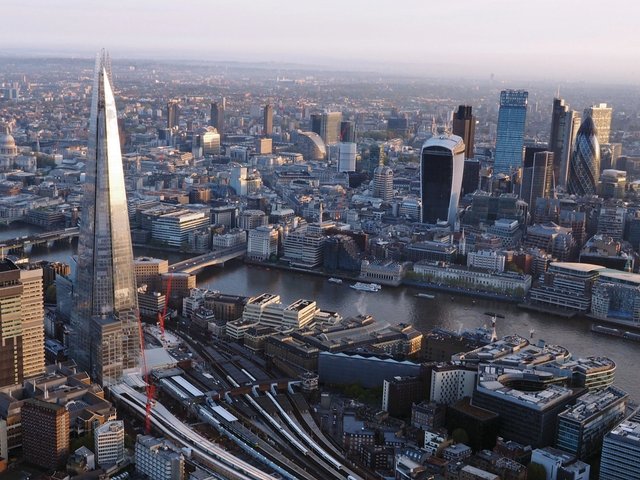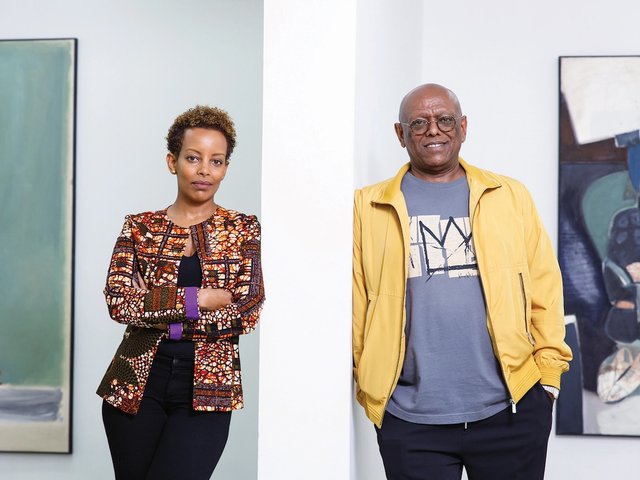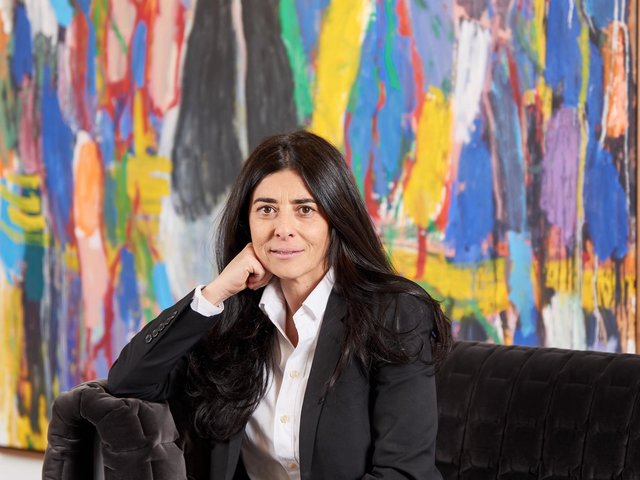Although international galleries have spent the past decade wooing collectors in far-flung countries, opening spaces in Asia in particular, the next set of moves will result in an even greater concentration of the market in its two traditional hubs: London and New York.
London’s White Cube (FL, D4) is looking for office space in New York to “service its international client base”, a spokeswoman for the gallery confirms. Peter Brandt, who was the co-director of its space in São Paulo until it closed in August, could soon be spending more time in Manhattan. The Paris- and Salzburg-based dealer Thaddaeus Ropac (FL, A5) is known to be looking for a space in London, having originally considered opening in Istanbul. The Cape Town- and Johannesburg-based dealer Liza Essers of Goodman Gallery (FL, A17; FM, G17) is also seeking a space in London. London-based Lisson Gallery (FL, B5; FM, E7) is due to open a huge space in New York next year, while Hauser & Wirth (FL, D6; FM, D1) plans to upgrade to a new five-storey building in New York in 2018.
“Around ten years ago, galleries looked for ways to be around the world. But people soon realised that the costs weren’t just financial,” says the New York-based dealer Sundaram Tagore. He is investing in a bigger space on his home turf, and is looking to open in London, too. Although he has spaces in Hong Kong and Singapore, he says: “You don’t have to have multiple locations. Globalisation has made it easier to bring collectors to New York and London, the art world’s original stomping grounds, and most of the important collectors already own homes there.”
Putting down roots in tried-and-tested cities is partly a reflection of the fragile economic and political environment elsewhere. Trading is already a challenge in many developing countries, and recent economic turmoil has increased the risks for overseas businesses. Essers points to the collapse of the South African rand, which reached an all-time low against the US dollar in September. “Imagine the extra cost of doing an international art fair, let alone the problems of pricing artists,” says Essers, who adds that other South African galleries have London in mind.
Heading to London and New York can mean heightened competition (and rents), but it has also become necessary to prevent artists from finding alternative representation. The Paris-based dealer Emmanuel Perrotin (FL, A16) is frank about the fact that he opened in New York in 2013 partly to keep his artists on board—a move that has paid off, he says.
Being “regional” has become something of a dirty word in the relentlessly international, high-end contemporary art market. “We are not an African or a South African gallery; we work in an African context, but internationally,” says Essers, who decided not to show in the 1:54 Contemporary African Art Fair (15-18 October) at Somerset House this week.
The re-centralising of the art market into international zones arguably also reinforces its limits. “Gallerists’ time is increasingly taken up with creating their brand and then inserting it into all possible markets. They are transitioning into the merchants and marketers of art that they said they did not want to become,” says Todd Levin, the director of Levin Art Group.




